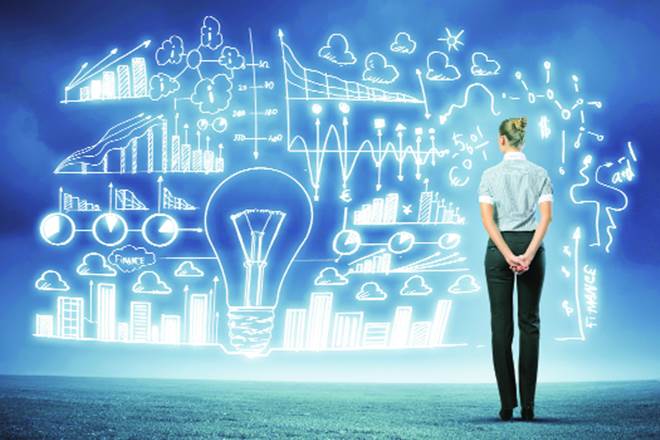
Technology has revolutionized our world and daily lives over the years. Technology has created innovative tools and services, bringing valuable knowledge to our fingertips. Modern technology paved the way for multifunctional gadgets such as the smartwatch and the smartphone. Computers are becoming quicker, more compact and more powerful than ever before. Technology has also made our lives easier, faster, better and more fun with all those revolutions. This evolution is no way going to end. In this article, we will see the Digital future of our World.
Online Shopping will be identified as Addiction
The number of people abusing digital commerce and facing financial stress is increasing. So, there is a definite possibility for the WHO to name Online Shopping as an addiction by 2024. There is a high possibility for this to happen as there is no less in the availability of consumer data. With the help of the consumer data marketers can know which consumer will purchase which product at what stage in his/her life.
Moreover, they can also know what a consumer exactly wants and how to price and position the product. Under this plight, consumers will tend to purchase products that they do not need. Businesses will have to take responsibility to save their potential buyers. Consumer groups and Governments will force the businesses not to exploit the consumers amid the Digital future.
AI emotions drive advertising
The influence of the AI Emotions recognition can be found on all the advertisements. As the use of biometric tracking sensors is increasing and the development of artificial emotional intelligence is increasing, companies will gain the strength of very accurately predicting the consumer emotions and thereby increase the sales. Biometrics allow for a deeper level of hyper-personalization, in addition to environmental and behavioral indicators. Brands should be open and notify customers of how their data is gathered and used.
Internet of Behavior will influence people’s behavior
There is a high possibility for the monitoring of human acts by 2023. This will have a great influence on the profit and the service access of people all over the world. The Behavior Internet (IoB) will be used to digitally connect a person to his or her actions. For example, it can be digitally monitored to connect your image as captured by facial recognition to an activity such as purchasing a train ticket.
Blockchain will authenticate the content
Blockchain will be given the responsibility to counteract the deep fake technology. About 30% of the news, as well as video content, will be under the control of Blockchain. While fake news has existed for centuries, bots of social media have accelerated rapidly the pace at which this intentional misinformation can spread. Technology is used to construct believable fake audio and video, in addition to conventional news reports.
Increase in Mobile Cryptocurrency
By 2025, a remotely open cryptocurrency account would be used by 50 percent of people with a smartphone but without a bank account. As marketplaces and social media sites begin to embrace crypto-currency payments, most of the world will move to mobile-accessible crypto-currency accounts; the highest growth rates are projected for Africa. Such cryptocurrency accounts will also push e-commerce in areas previously unable to access capital markets as trading partners grow.
Digital Innovation will increase
By 2021, digital transformation projects will take big, conventional companies twice as long on average and cost twice as much as anticipated. Large companies will be grappling with digital innovation as they understand the complexities of modernizing technology and the costs of simplifying interdependence between operations. Smaller, more flexible companies, on the other hand, would have the ability to market first as larger organizations show mediocre immediate advantages.
Bring Your Own Device will become Bring Your Own Enhancement
For IT, as human augmentation technology becomes more widespread, the urge to claim control may increase, but the business opportunity lies in leveraging increased interest in BYOE. Industries such as the automotive and mining industry currently use wearables to increase worker protection, while travel and healthcare use wearables to increase productivity. As these technologies evolve, organizations will start to consider how to leverage physical increases in both personal and professional lives. Protection will be combined with BYOE organizational benefits in the Digital future.





